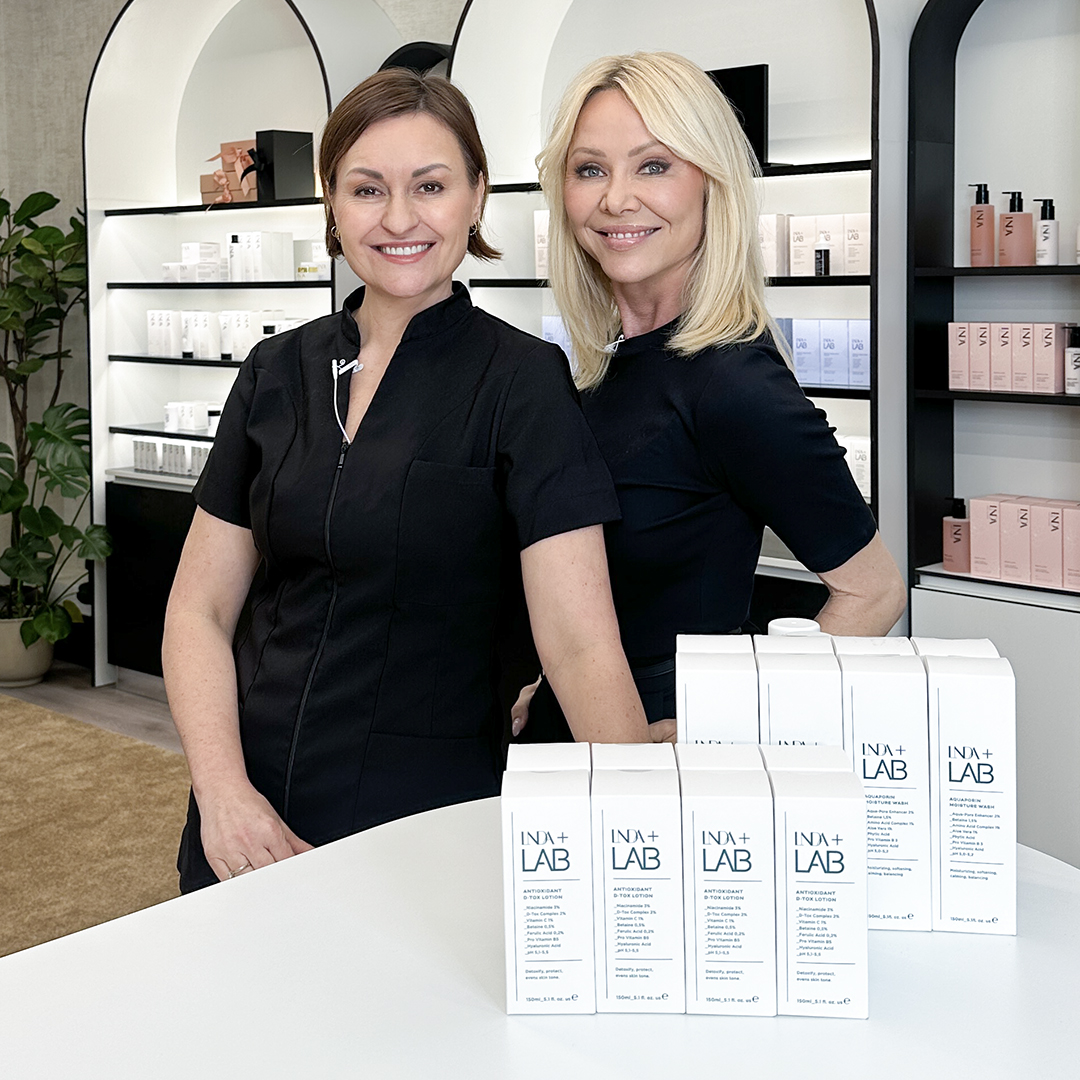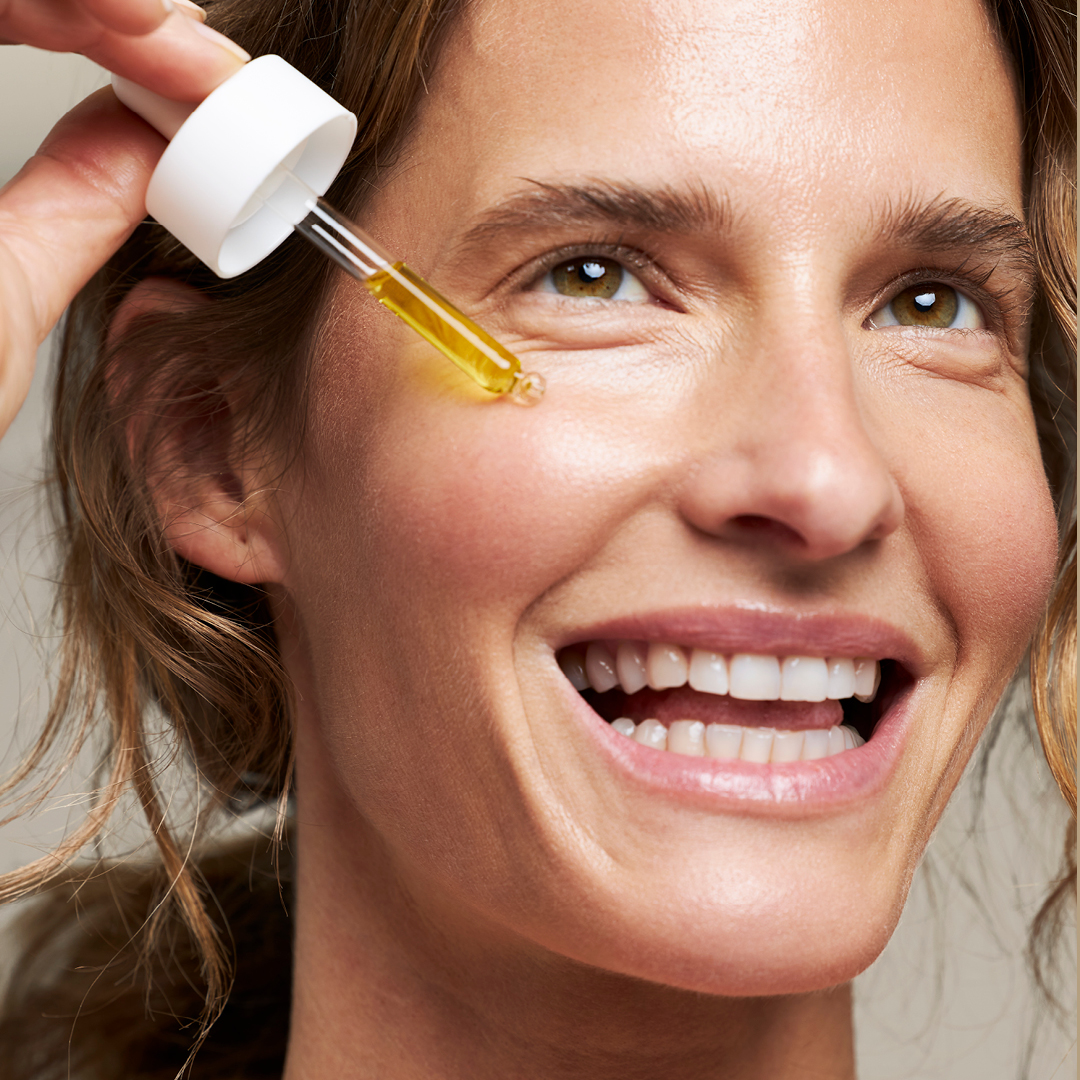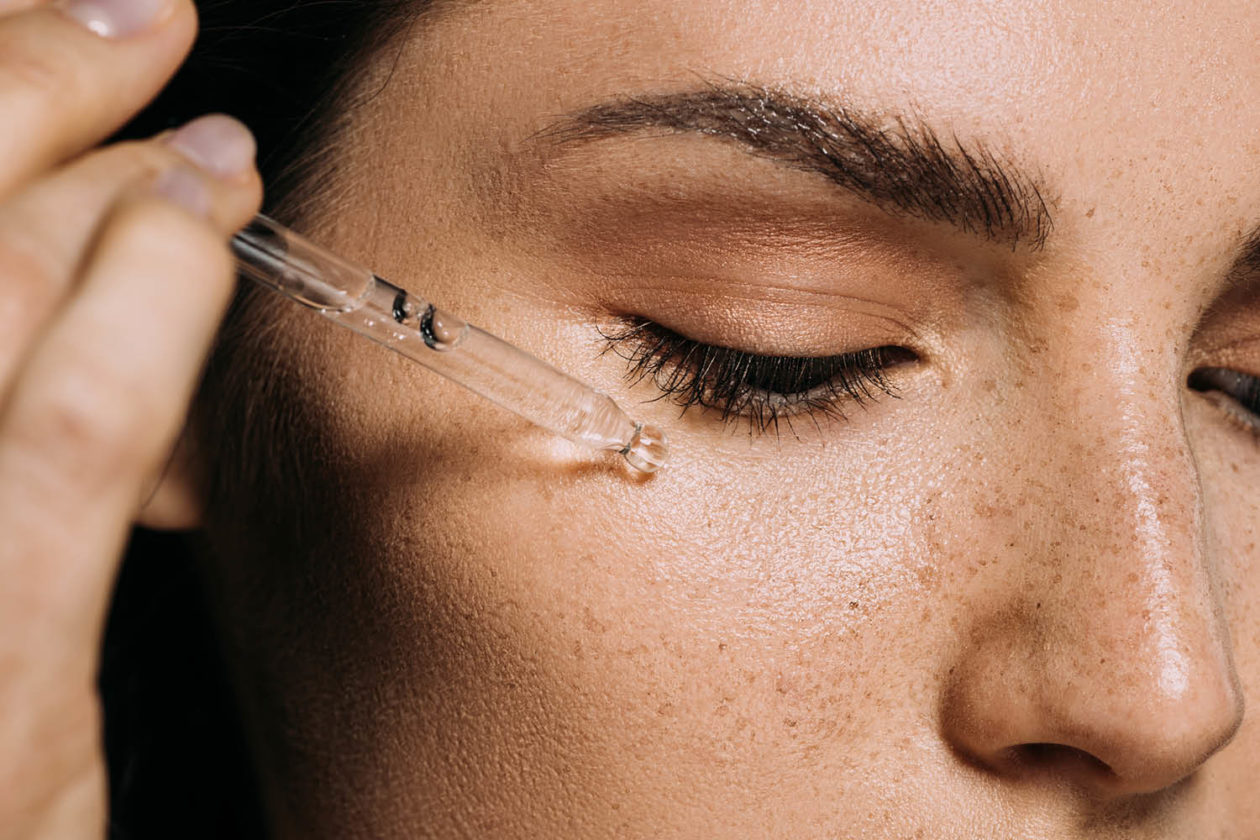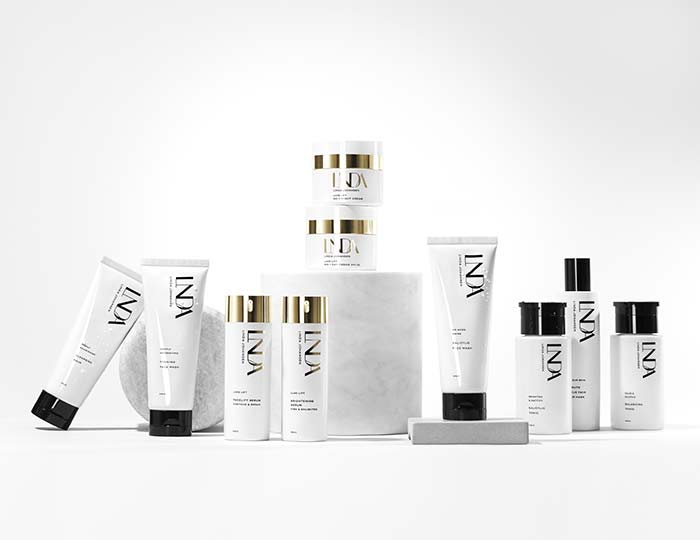What is the difference between AHA and BHA acids?
Common to these acids is that they have an exfoliating effect, ie that they dissolve in the top layer of old skin cells on the skin. These are cells that are ready to fall off, but that only need a little push, so that there is room for new, young cells. The molecular size of some of the acids also allows them to penetrate deep into the skin, increase cell renewal and stimulate the production of collagen, elastin and hyaluronic acid. The skin layer with living cells becomes thicker and healthier, while the skin layer with dead cells becomes thinner. The result is a smoother skin surface, with a healthier appearance - what we call glow.
AHA stands for Alpha Hydroxy Acid and BHA stands for Beta Hydroxy Acid. These acids are also called fruit acids. This is because many of the most commonly used acids come from fruits and other plants.
The difference is that AHA is water soluble, while BHA is fat soluble. This means that salicylic acid (BHA) has a unique property, in that it can dissolve sebum down in our pores. Glycolic acid is the acid with the least molecules, and pulls deepest in the skin layers, while mandelic acid has larger molecules and works in the upper skin layers and does its magic there. Perfect to combine!
What are BHA acids?
A group of acids that include salicylic acid, which is the variant we use the most. The acid is anti-inflammatory and fat-soluble, making it excellent for oily skin with clogged pores or inflamed acne. The salicylic acid can penetrate into the pores and dissolve sebum, and both cleanses and soothes the skin. Even a mature skin with lines, wrinkles and sun damage can get nice results with BHA.
This makes it:
Exfoliates the skin and increases cell renewal
Dissolves sebum in the pores ("washes" the pores on the inside)
Effective treatment of acne and blackheads
Anti-inflammatory properties and reduces redness
What are AHA acids?
A group of acids that we find naturally in, among other things, fruit, milk and sugar cane. AHA acids have different strengths on exfoliation, with glycolic acid being the most powerful. Another AHA acid is mandelic acid, which is optimal for sensitive or acne-prone skin, as it has anti-inflammatory effect (prevents inflammation of the skin). These acids increase the skin's cell renewal, which is good for mature skin, where cell renewal is slower than in young skin. The exfoliating effect also helps to smooth out lines and wrinkles, and treats pigmentations deep down in the skin.
It tingles in the skin / I turn red!
If you have used an AHA / BHA acid product with a little strength, you have probably felt that it works in the skin. Some people think it tingles, others think it burns and stings, while others feel almost nothing. We humans are different, and the sensitivity of the skin is also different.
But what applies to everyone is that as the skin gets used to these acids, you feel less and less. This does not mean that the effect is less, only the skin copes better. If you turn red and feel that it tingles, it is not dangerous. If it becomes a more burning sensation, then it is possible that it is too strong for your skin. Wash off immediately with water and apply soothing product.
Acids and sun
Many people wonder if you have to be extra careful with the sun if you use acid products. Since the acids help the skin get rid of dead skin cells, those who are new to acids may find that the skin becomes a little more sensitive to the sun for a period of time. Products with a concentration higher than 0.5% AHA / BHA acids should not be used during the day. At night, the acids work well in the skin. You can also use acids in a peeling or mask, which is washed off. Always, and we always mean, use sunscreen during the day when using acids in the evening.




